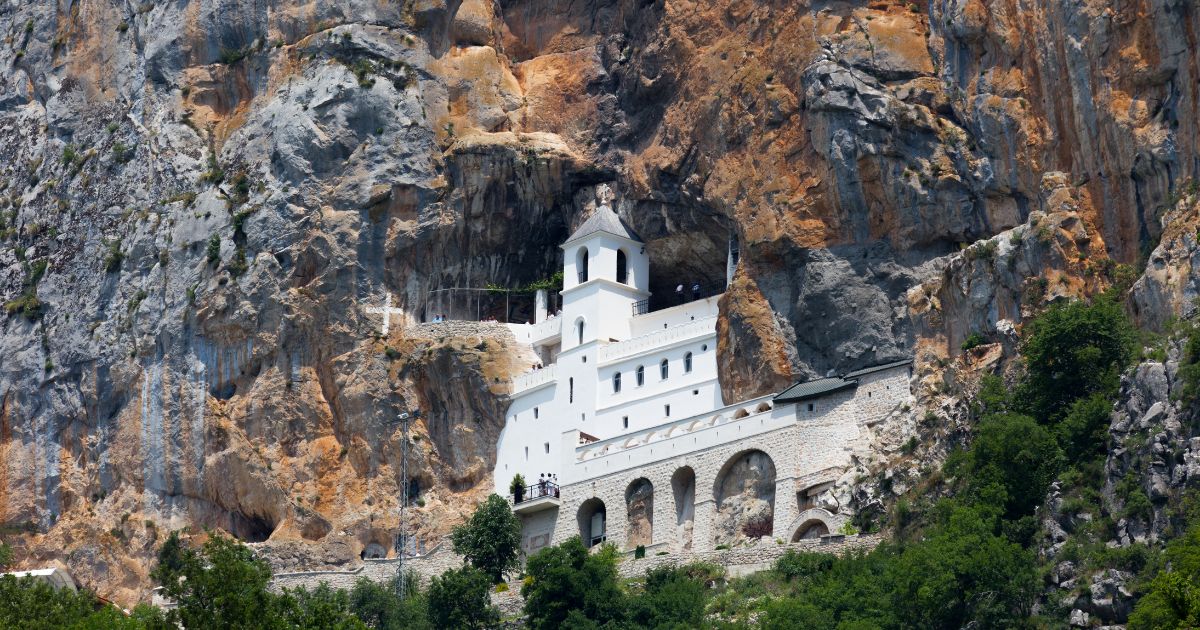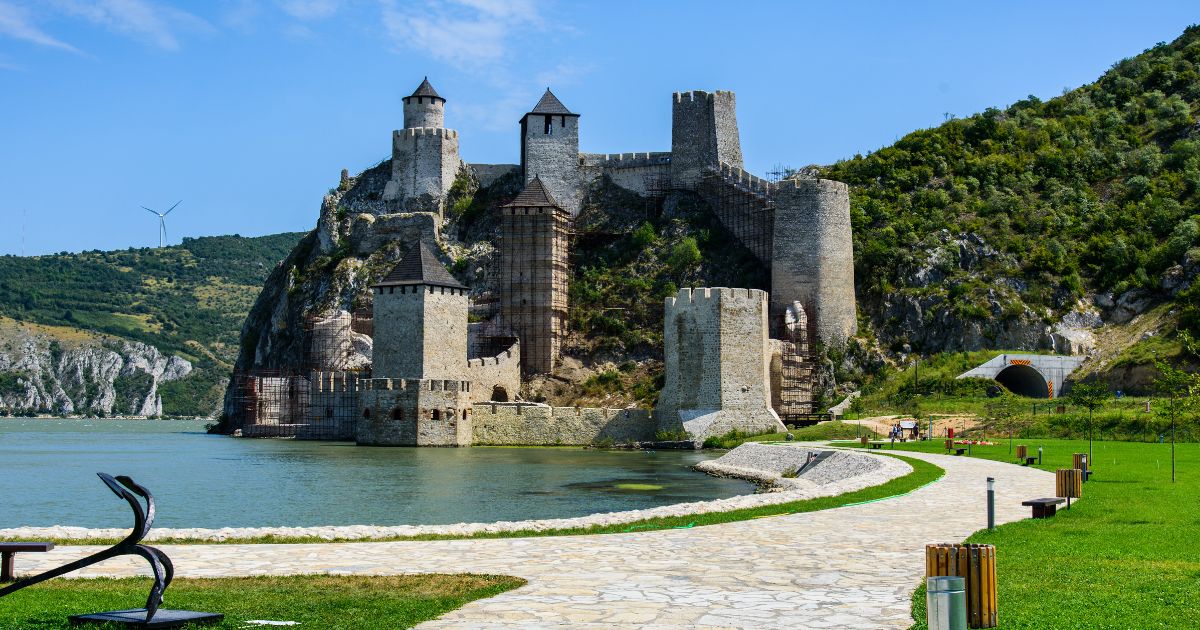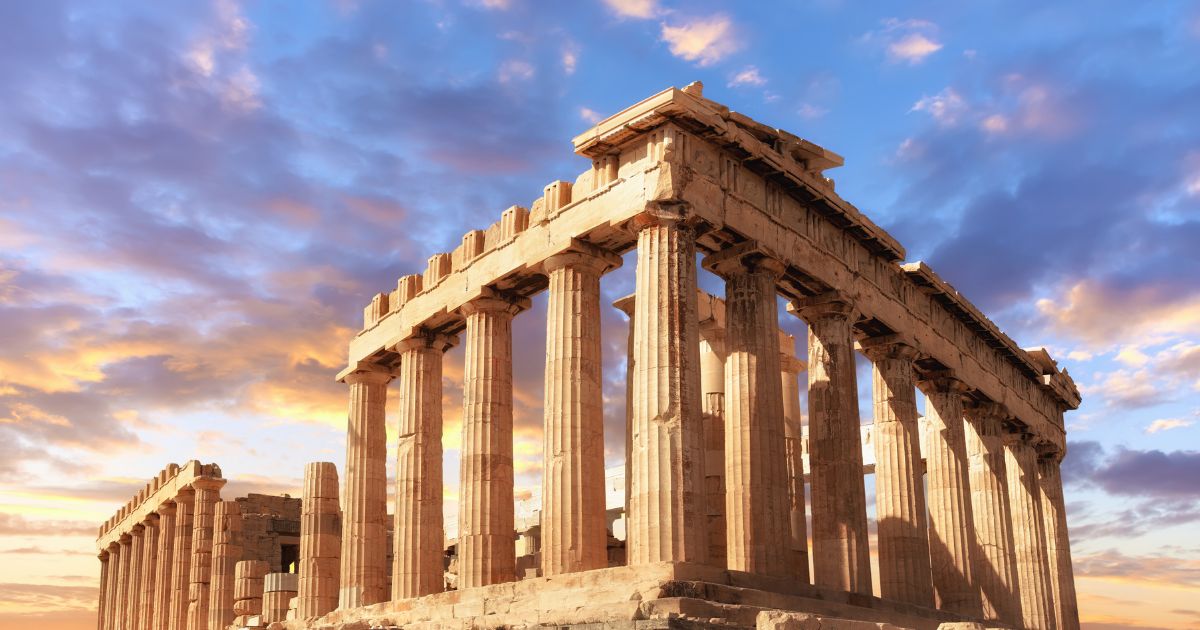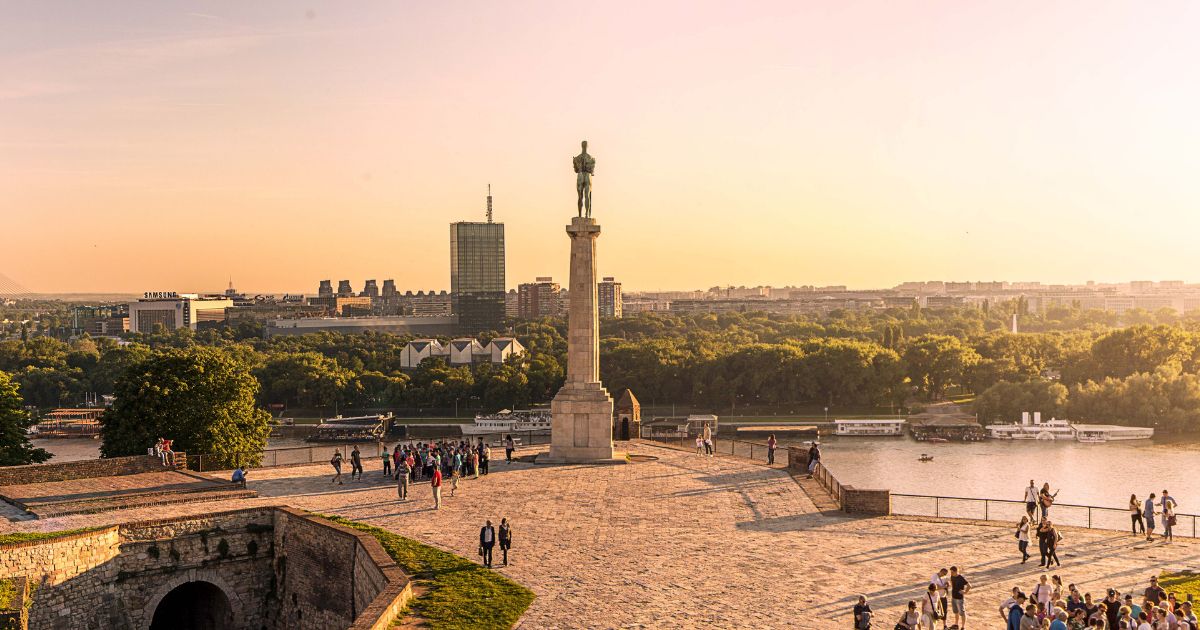Опубліковано в Блог
The Balkan region is full of historical stories and a rich past. If you love history, you are in the right place. Get ready to explore the best historical sites in the Balkan region!

The unique palace is becoming one of the most important historical sites in Croatia, included on the UNESCO World Heritage List. In the old part of Split is located this ancient palace Diocletian, which looks more like a huge monumental fortress with massive construction. It dates from the 4th century AD, which served as a retirement residence and military camp. Delighted in the Mediterranean area, Diocletian decided to build this complex here, which today is the best representative example of Roman architecture on the Adriatic. The palace has a rectangular shape with 4 gates. The complex is still inhabited by people today, making it one of the oldest settlements in the world. It also has various shops, bars, restaurants, churches, squares, and narrow streets. The main square is Peristil and the Cathedral of St. Dominus, which dates back to the 7th century and is the oldest Catholic cathedral that works in its original structure. Climb to its bell tower to witness the panoramic view of the surroundings. Namely, Diocletian's Palace was decorated with 3500-year-old granite sphinxes. Over the centuries only 3 have survived, one of which is on the Peristil, the second is in front of the Temple of Jupiter, and the third is in the city museum. Another interesting part to visit in the complex is the basements of the Palace, which are one of the best-preserved ancient sites of this kind.

Pula Arena is the most famous historical and ancient monument in Pula, but also the best-preserved building in Croatia. This Roman amphitheater is also one of the six largest surviving amphitheaters in the world. Every trip to Pula will take you to this monumental building with fully preserved walls and towers, which is undoubtedly the main symbol of the city. Built-in the 1st century AD which could accommodate approximately 20.00 spectators, it was used for gladiatorial battles in Roman times, but also battles between knights in the Middle Ages. Today you can explore and wander through the corridors where gladiators and lions once passed. Today the amphitheater is used for film festivals, operas, and music concerts.

The monastery built in a vertical form, carved into the rocks, is a real architectural achievement. With its unusual construction, it confuses visitors and even engineers who do not understand how it was built in the past. It was founded in the 17th century by St. Basil of Ostrog, and its relics are kept in the upper monastery. Here are located the two cave churches, with imposing frescoes that adorn the church walls. In the lower monastery is the church of the Holy Trinity with beautiful frescoes, while behind it is the natural spring with clear water. A monastery is an important place for Christian pilgrimage. Take a People who have visited the monastery, believe that they have changed spiritually.

The ancient theater in Ohrid dates back to the end of the III century BC.
It was intended for showing dramatic, musical, and poetic performances in the Hellenistic period. It stood out with its rich architectural decoration, especially the theatrical building which was decorated with plates on which were carved scenes from the life of the gods. Two such plates depict Dionysus, which are now kept in the Ohrid Museum. Crisp and Topos, who were lovers of theatrical art, had their seats, so today their names are still engraved in stone blocks. During the Roman period, the theater was adapted to the Roman way of life, so it was converted into a theater space with an arena for gladiatorial fights.

Golubac Fortress is an extraordinary fortress, built at the beginning of the Iron Gate gorge where the Danube flows into the Carpathian Pass. It dates from the 14th century at the time when the medieval Serbian state existed. Due to its strategic location, the fortress has been the center of many battles between the Ottoman Empire and the Kingdom of Hungary for centuries. Today the fortress is a famous tourist attraction in Serbia and is one of the most photogenic places in the country. You will be fascinated by medieval walls and stone bridges. The 10 towers that reach a height of up to 25 meters are especially prominent. To visit the fortress, it is recommended to book a place on their official website (https://tvrdjavagolubackigrad.rs/eng/). The fortress is the entrance to the beautiful Derdap National Park, so after visiting the fortress, you have the opportunity to see the whole region surrounded by idyllic nature.

An ancient city dating back to the 2nd century BC. In the ancient period,d it had a very important strategic, military and trade position. Located at an important crossroads between the Aegean world and the central Balkans, it was an important urban, administrative and commercial center. The Roman road Via Egnatia passed through it. The most important monument from the Roman period is the Theater built in the II-III century AD. Other architectural structures that have been discovered and documented include the rampart, the Heraclea gate, the Aqueduct, the synagogue, parts of the city streets, the baths, and the basilicas. During the IV-V century, many imposing churches were built, with rich interior and architectural decoration, mosaics, and frescoes. Also in this city are observed several cult representations of deities from the Greco-Roman period. In its time, Stobi grew into one of the most important Roman cities in Macedonia.

The Acropolis, a UNESCO World Heritage site, is one of Greece’s most beloved architectural wonders. From this vantage point, you can see the entire city of Athens and its ancient history. Showcasing thousands of years of history in the city of Athens, It is now a UNESCO-protected site and one of the most popular tourist destinations in Greece. The Acropolis was the most important religious sanctuary of the ancient Greek world. It is truly one of the world’s greatest pieces of architecture and history.

The symbol of the city of Ljubljana is the monumental castle located on the hill Castel, just above the center of the city. It is a complex of castles that originally functioned as a medieval fortress. Historical records tell us that it was built in the 12th century, while today’s majestic appearance dates back to the 15th century. Located on a high hill, it provides some of the most beautiful views of the region. Many activities will be available to you here, such as exploring the historic rooms, taking a look at the museum exhibitions that present the distant past of Slovenia, tasting delicious food in the restaurants located within the complex, and getting acquainted with puppetry and the works of creative Slovenian puppet makers. If you are lucky you will find cultural events that are organized on various topics such as dance evenings or film screenings. Don’t forget to climb the magnificent Outlook Tower.

Probably one of the most famous and significant historical and cultural complexes in Serbia. Almost everyone who travels to Belgrade must visit this impressive park-fortress. It was built from the 13th to the 19th century, to be eventually transformed into a park. The fortress is quite large, so to see it completely, you will need several hours. A walk through it offers you amazing views of the Sava and Danube rivers, as well as the whole city. It consists of several parks and trails, where you can enjoy your walks through this spectacular fortress. Exhibitions and various sports, cultural and artistic events are regularly organized, which is why the fortress is today a major tourist attraction in Belgrade. The fortress together with the park has been declared cultural monuments of exceptional importance.

The ancient Greek city of Butrint lies in the heart of today's Albania, 14 km south of Sarandë. It was founded by colonists from Corinth and was later ruled by the Romans and Byzantines. The once-thriving ancient city of Butrint is one of the most important archaeological sites in Albania. It is one of the most preserved classical and Hellenistic archeological sites in the Mediterranean. Butrint was declared a UNESCO World Heritage Site in 1992 and is part of the National Park. . The remains of the city include Ancient Greek streets, public squares, Roman baths, an early Christian basilica, and other buildings like a Roman theater considered to be one of the best in South-Eastern Europe. A must-visit destination in Albania

The Rila Monastery is a Bulgarian Orthodox monastery sitting on the slopes of the Rila Mountains in the southwestern part of Bulgaria. The monastery was founded by hermit Ivan of the Rila in 927. It became an important center of religious life and is famous for its beautiful frescoes. When visiting the monastery you will see many historical artifacts including the tombs of Bulgarian saints and the old manuscript li